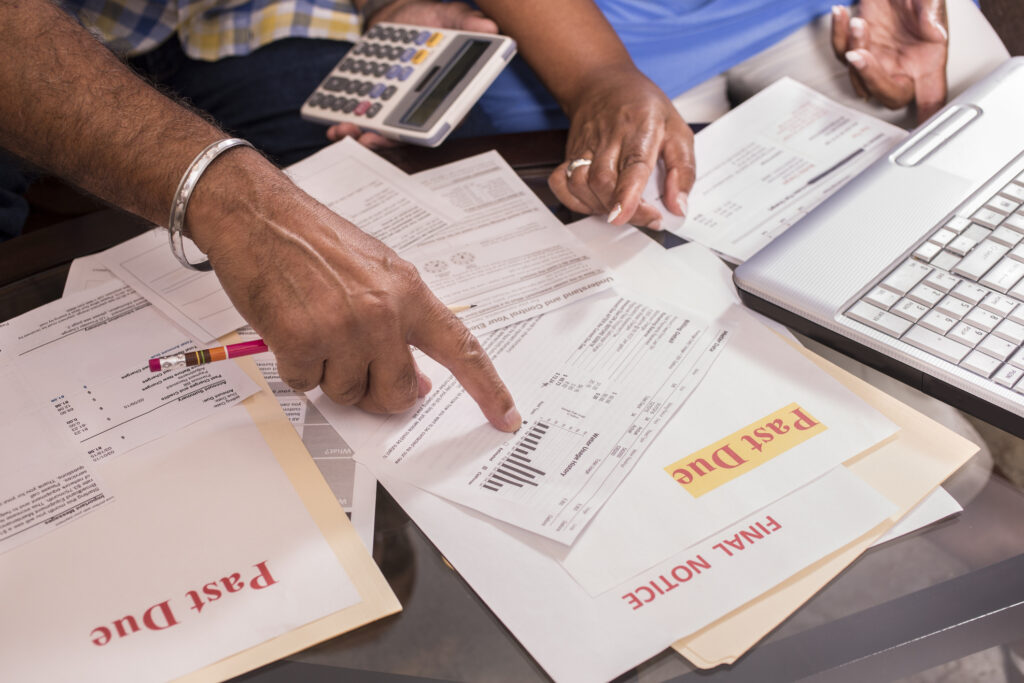 An unexpected occurrence like illness or loss of employment can leave you struggling to pay bills on time. If you are unable to pay your car loan on time, the lender may choose to repossess your vehicle. However, the lender must handle the repossession properly – whether you have fallen behind or not.
An unexpected occurrence like illness or loss of employment can leave you struggling to pay bills on time. If you are unable to pay your car loan on time, the lender may choose to repossess your vehicle. However, the lender must handle the repossession properly – whether you have fallen behind or not.
1) Seek a Deferment Before Default
Contact your lender before you default to see if a deferment is possible. A deferment will postpone your payments while you catch up with finances. These postponed payments are then applied to the end of the loan.
It is important to receive written confirmation from the lender showing this change to the original loan agreement. Since the terms of the loan have, in effect, been extended, the consumer needs to see how the lender has calculated any additional money to be paid at the end to satisfy the loan.
A deferment will likely still appear on your credit report, but the effect on your credit will not be as negative as a default.
2) Prepare for Repossession
If your loan is in default, understand that the lender has the right to repossess your vehicle. If you think a repossession is coming:
- Remove all important car vehicle purchase and loan documents from your vehicle
- Remove all personal items.
- Note the current odometer reading
- Take photographs of the vehicle – interior and exterior.
- Request that the lender provide you with a written loan payment history and a payoff figure.
3) Evaluate how to Get Your Vehicle Back
The loan agreement that you sign at the time of purchase details your rights if the vehicle is repossessed. If you financed through the dealership, this document is called the Retail Installment Sales Contract or RISC. It will state whether you must pay off the full balance of the loan, pay only past due payments, and pay for towing and storage fees.
After the repossession, you are entitled to receive a notice that details the terms for you to get your car back. This notice may be called a Notice of Intent to Sell Property. You should receive this notice before the vehicle is sold. Once the vehicle is sold, the lender is to send a Deficiency Letter which confirms the selling price of the vehicle and any remaining balance owed on the loan.
Seek Legal Assistance
 If your vehicle has been repossessed within the past six years, whether you fell behind on payments or not, you may have a case to pursue against the lender for wrongfully repossessing your car, truck, boat, motorcycle or RV. Contact Flitter Milz for a no-cost consultation.
If your vehicle has been repossessed within the past six years, whether you fell behind on payments or not, you may have a case to pursue against the lender for wrongfully repossessing your car, truck, boat, motorcycle or RV. Contact Flitter Milz for a no-cost consultation.







